Nothing in Basket!
May can be quite a busy time in a wildlife garden. Birds are having young that need to be fed, while bumblebees, honeybees, butterflies and hoverflies are looking for flowers to take advantage of. Migrant birds, such as swifts, swallows and house martins make their return at the beginning of May, and hedgehogs will start to mate.
Here's a list of things you can be doing for the wildlife in your garden during May.
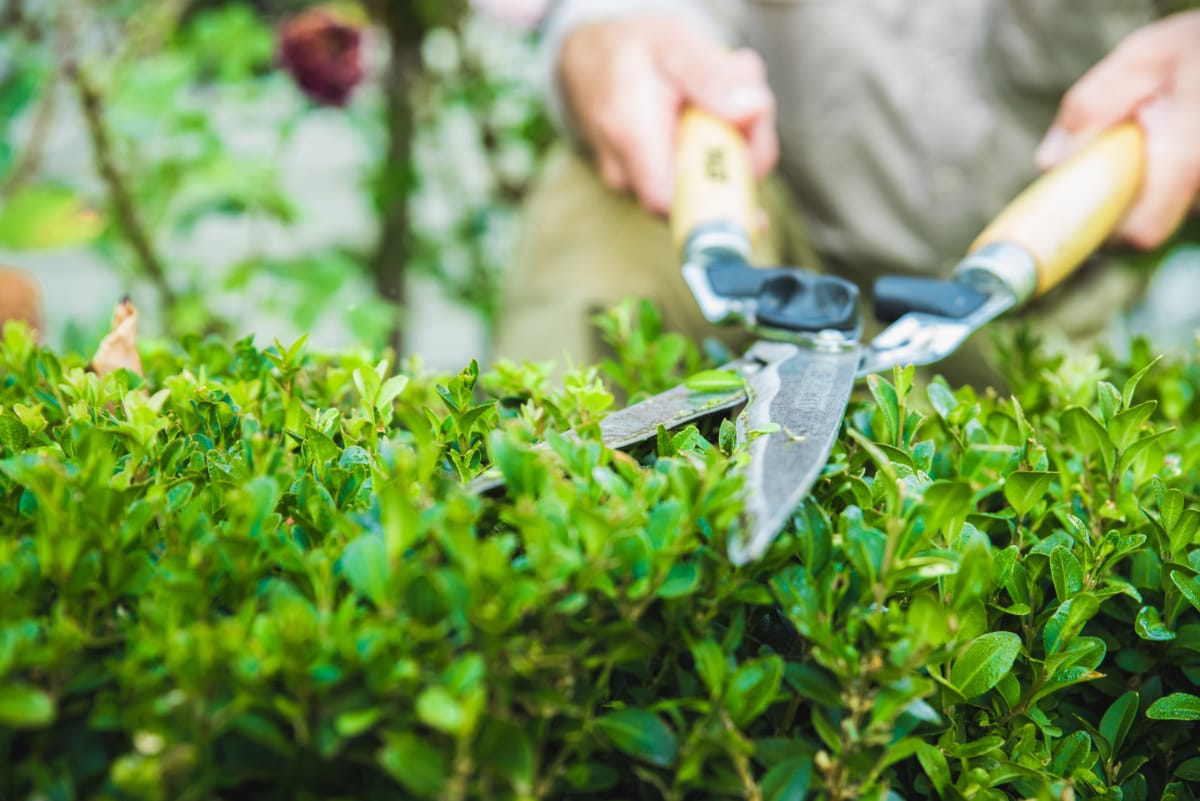
It's nesting time, so avoid trimming hedges from May until October. If you have a hedge that really needs to be trimmed then use hand tools and check before you cut.
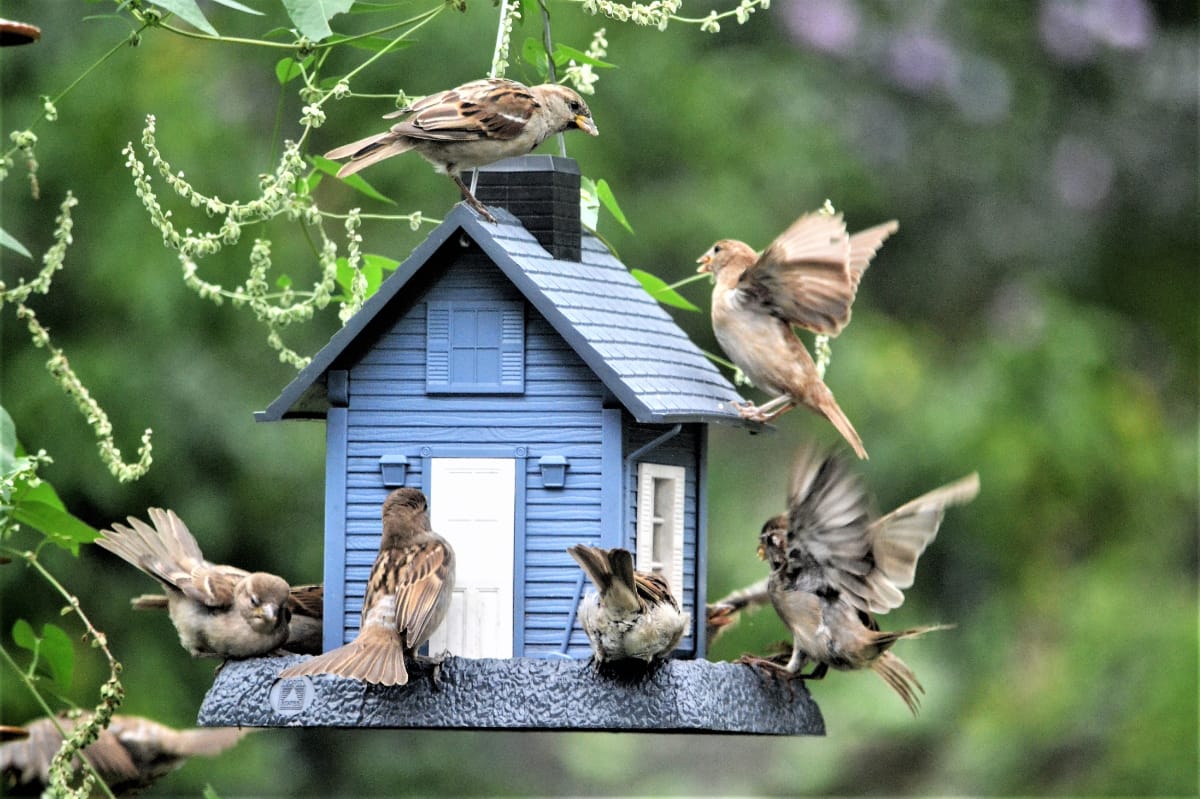
Adult birds will need a pick-me-up after all the energy spent raising their young.
You can put out dried mealworms as many birds love them especially blackbirds, robins, starlings, dunnocks and magpies. Sunflowers, peanuts and fat balls are also a firm favourite with many birds.
Don't forget to put a bowl of water out for the birds to drink and bath in. If you use something deep, put some rocks in it for smaller birds to stand on, bigger birds will enjoy deeper water, where as smaller birds and fledglings are safer in shallow water. Some birds also love mud baths, especially when its very dry and sandy in appearance.
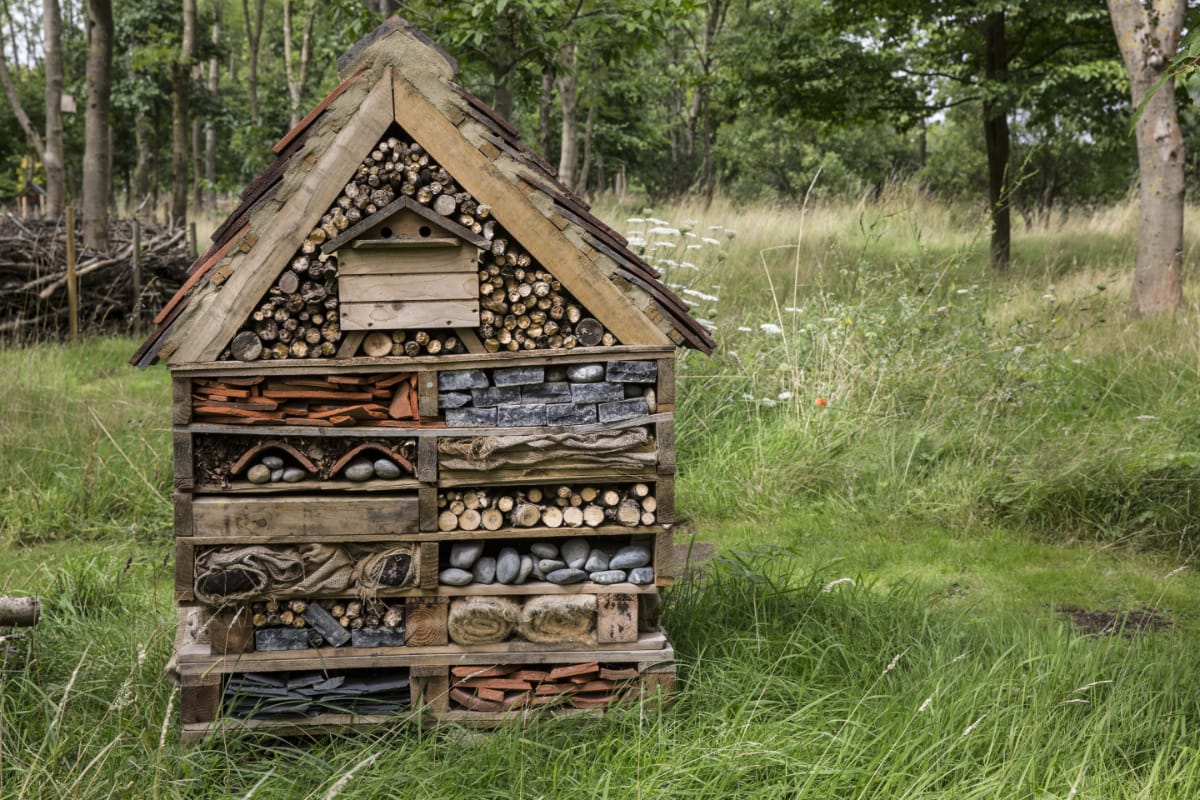
You can start out with something simple, like stacking a few logs or twigs in a corner of your garden. Centipedes, beetles, amphibians, and small mammals will all enjoy making use of a log or twig pile.
Don't clear up leaf drop, Blackbirds love turning the leaves over when looking for bugs, and bugs love to hide underneath them. Slugs also enjoy munching on fallen leaves more than they enjoy eating your new plant shoots. Another benefit is soil improvement as the rotted leaves have some nutrients in them.

Wildflowers are important as they are in danger of disappearing altogether. They also give pollinators more variety to feed on.
Adding herbs to the garden gives pollinators something different to enjoy. Grow herbs such as borage, chives, lavender, rosemary and oregano in a sunny spot and be rewarded with lots of bees.
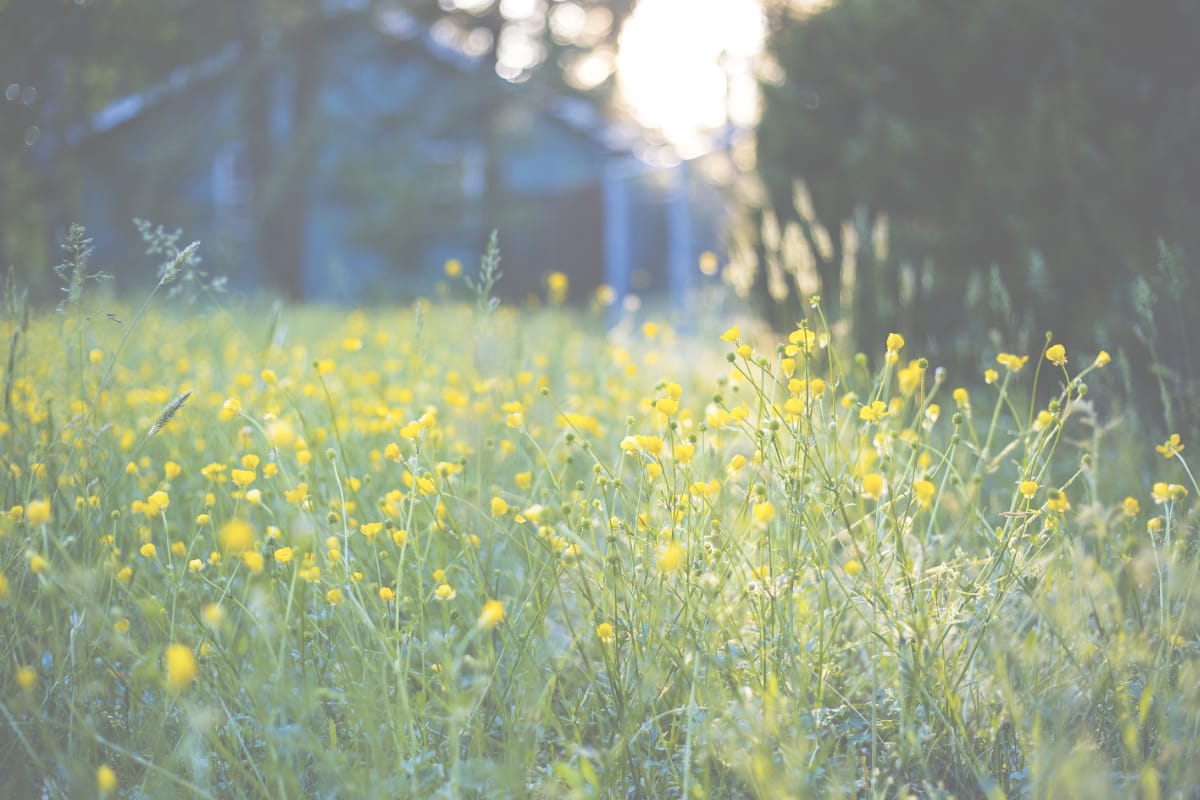
Dandelions may be considered a nuisance in parts of the garden, especially in weed-free lawns but they have many herbal uses and are a good early source of nectar and pollen for insects. Dandelions add a stunning touch of yellow to the garden from early Spring. Butterflies and honey bees adore them along with many other pollinators.
Let your weeds grow as they provide an important food source for wildlife. Some species even lay their eggs on weed leaves.
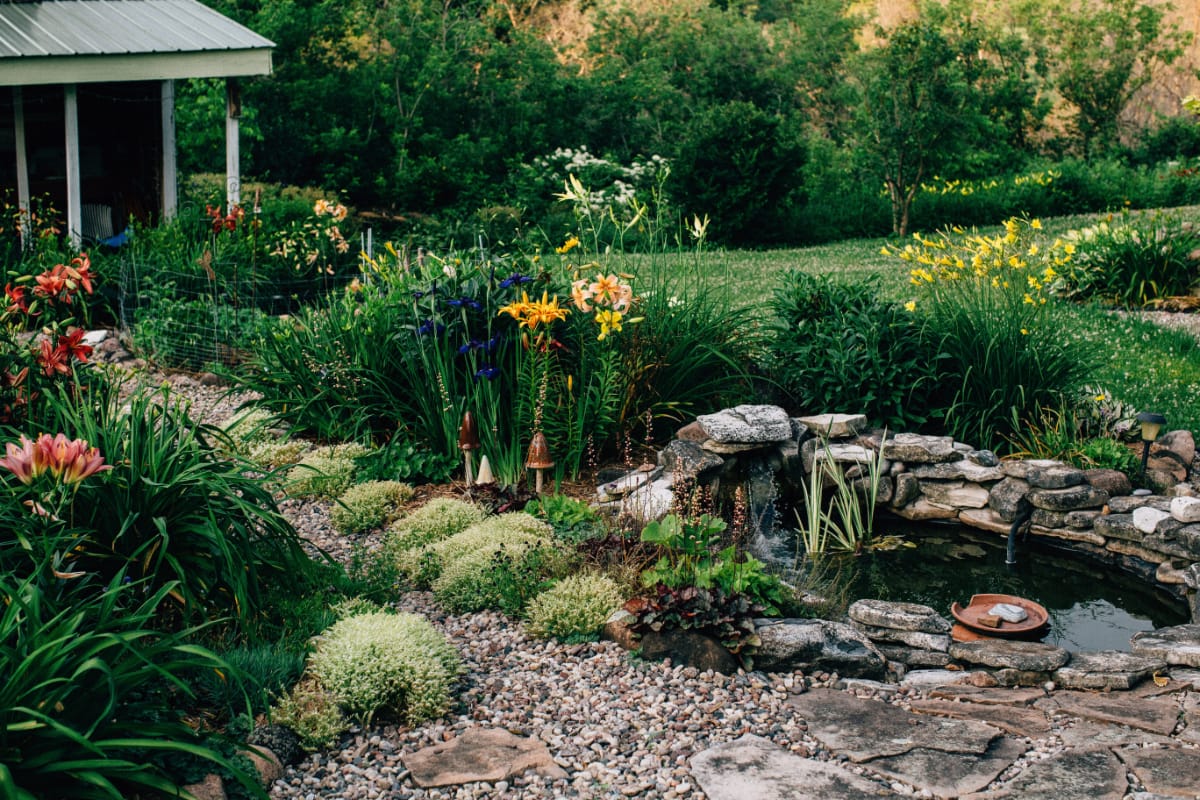
If you haven't already done so, add plants such as hornwort, brooklime and water forget-me-not. These shelter aquatic insects and larvae, you'll soon be enjoying the sights of frogs, toads, tadpoles, newts, dragonfly, damselfly larvae and beetles.
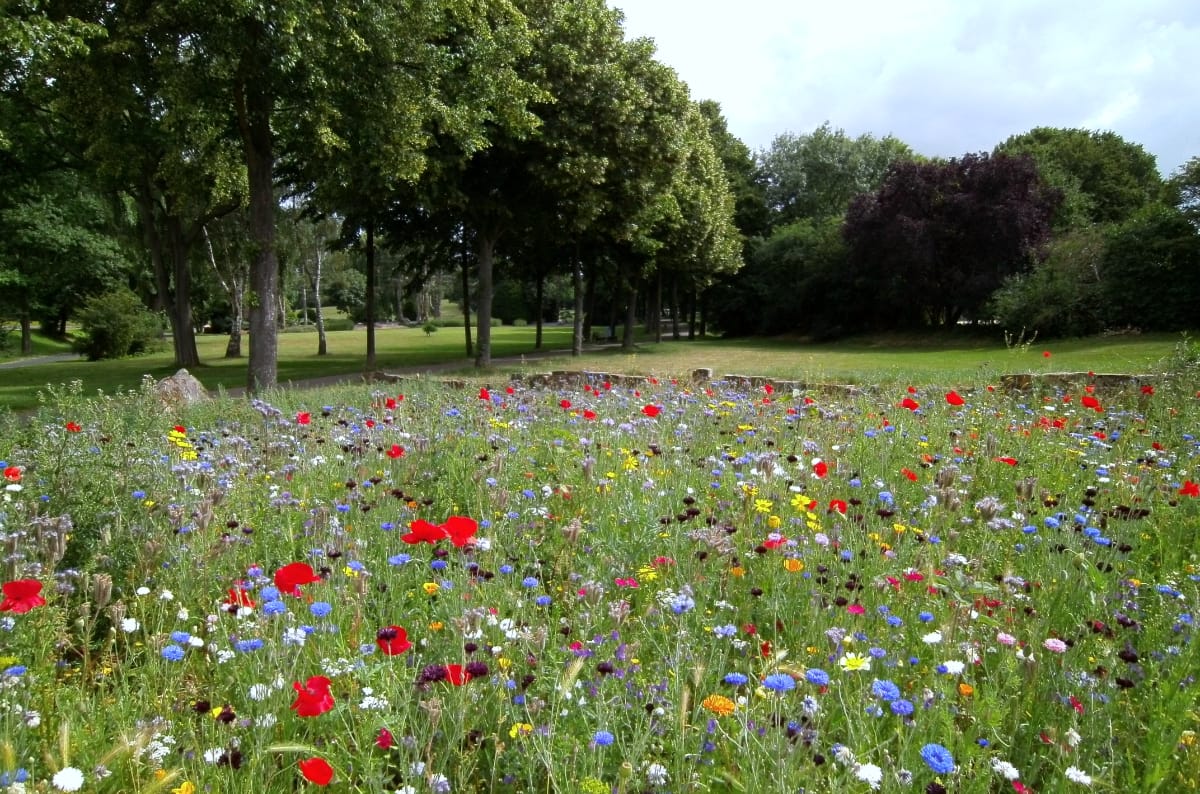
Join the campaign and don't cut your grass throughout May. By simply not cutting your grass in May, you give insects that are hatching from eggs and chance to become adults.
Wildlife and wildflowers like different lengths of grass. Some like short, some like mid-length while others like long grass.
Over the next 12 months you can create a mosaic of different grass lengths in your garden, or only mow once a month. It won't take long for wildflowers to appear naturally, and for you to notice an increase in wildlife.
To create more diversity, if you haven't already done so, sow some wildflower seeds in pots or directly into the soil. Once your pot plants are strong enough you can transplant them to your grass area.
As the weather warms up you'll start spotting green fly, aphids and a whole host of what most gardeners consider pests. Don't use chemicals to kill insects or weeds as there are less harmful ways of removing them; although I would only remove them if they are killing or suppressing another plant.
If aphids are damaging a plant to the point it looks like it is really suffering, then remove them with your fingers.
If weeds are getting out of control and suppressing a greater diversity of plants, then dig some of them up.
Even a wildlife garden needs a little bit of management, and the visiting wildlife may need a bit of help every now and again, but keep it as natural as possible and watch but don't interfere unnecessarily with the animals that will eventually visit or move in.
Turn your garden lights off! Moths are attracted to lights, they will waste energy dancing around your lights, that could be used looking for food. You will also alter the hunting patterns of bats and some birds who will be drawn to lights with the expectation of finding moths to eat, instead of them staying in their natural habitats.
Wildlife gardening jobs for January
Wildlife gardening jobs for February
Wildlife gardening jobs for March
Wildlife gardening jobs April
Wildlife gardening jobs June
Wildlife gardening jobs July
Wildlife gardening jobs for August
Wildlife gardening jobs for November
Wildlife gardening jobs for December
How to attract birds to your garden
How to attract bees to your garden
Sowing and growing wildflowers
Nothing in Basket!
